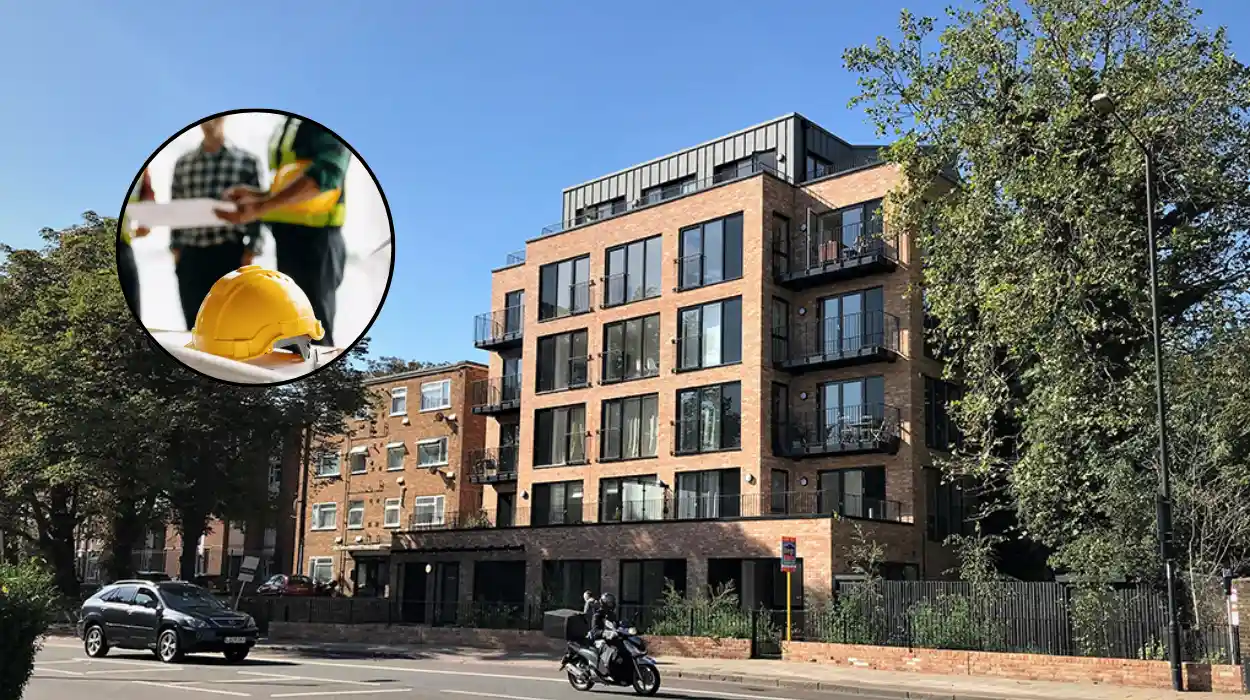Key Points
- Moses Meisels oversaw the extension work of a synagogue on Upper Clapton Road, Hackney, where a worker was found dead in December 2018.
- The deceased worker died of natural causes, but the site inspection by the Health and Safety Executive (HSE) exposed multiple serious safety violations.
- These violations included large unprotected holes on the ground floor, workers on the roof without proper scaffolding barriers, an unsecured ladder, and unsafe stacking of construction waste.
- Meisels repeatedly ignored warnings about dangerous practices, risking workers’ lives with fall hazards.
- He pleaded guilty to breaching Construction (Design and Management) Regulations 2015 at City of London Magistrates’ Court.
- He was sentenced to 12 weeks in prison, suspended for one year, and ordered to pay £10,000 in costs.
- HSE inspector David King emphasised the importance of suitable management arrangements and warned of enforcement action for clients failing safety standards.
What happened at the Hackney building site where the body was found?
As reported by the Health and Safety Executive (HSE) on November 9, 2025, Moses Meisels was responsible for overseeing major structural work to enlarge a synagogue located on Upper Clapton Road in Hackney. In December 2018, the Metropolitan Police discovered the body of a worker on this site. Although the death was from natural causes, the discovery prompted a detailed inspection by HSE inspectors, who uncovered grave safety failings at the construction site.
What were the specific safety failures found on the site?
According to HSE reports and coverage by London Post, inspectors made multiple visits over a five-month period following the body discovery, finding a catalogue of serious failures. These included large unprotected holes in the ground floor that posed risks of falling into the basement, workers operating on the roof beyond the protective scaffolding barriers, and the presence of a single, unsecured ladder that did not extend sufficiently to provide a safe handhold. Additionally, construction waste was dangerously piled in the garden at the front of the site, further highlighting negligence regarding worker safety.
How did Moses Meisels respond to warnings about these dangerous practices?
Moses Meisels, of Gilda Crescent in Stoke Newington, was the client managing the structural project and responsible for overseeing health and safety compliance. Despite repeated warnings from inspectors, Meisels ignored calls to rectify the life-threatening conditions on site. His continued disregard ultimately led to legal action for breaching Construction (Design and Management) Regulations 2015.
What was the outcome of the legal proceedings against Moses Meisels?
Meisels pleaded guilty at City of London Magistrates’ Court to the health and safety breaches related to his role in the construction project. As reported by various sources including HSE and London Post, he was sentenced to 12 weeks in prison, though this sentence was suspended for one year. Additionally, he was ordered to pay £10,000 in costs linked to the prosecution.
What message did HSE inspectors convey following the case?
David King, an HSE inspector involved with the case, stated:
“It is essential that clients must make suitable arrangements for managing a project, including the allocation of sufficient time and other resources.”
He warned that clients who fail to meet required safety standards should expect enforcement action. King emphasised the necessity of proactive management of health and safety risks to prevent dangerous situations on construction sites like the one overseen by Meisels.
Why is this case significant for construction site safety management?
This case underscores the critical responsibility that clients and project managers hold in ensuring safe working conditions on construction sites. Even when a fatality is unrelated to work conditions, as in this instance where the worker died of natural causes, inspections can reveal dangerous practices that threaten lives. The enforcement of regulations and penalties such as suspended sentences and costs aim to promote greater adherence to safety protocols and prevent future incidents.
